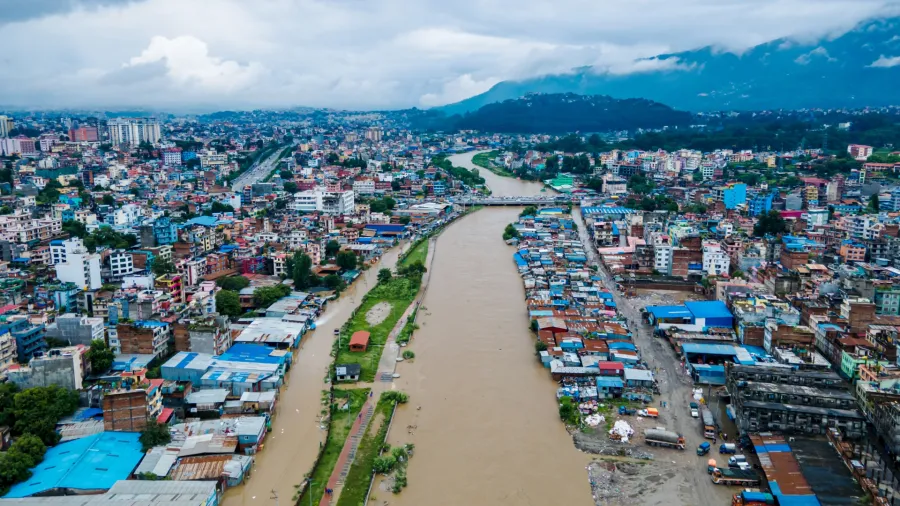
Insufficient insurance amplifies banks' climate risk
The lack of coverage raises silent risks in the banking industry, Aon said.
As the impacts of extreme weather events like floods, fires, and cyclones increase, Asia Pacific banks are beginning to treat climate change as a distinct financial risk, separate from the broader Environmental, Social, and Governance (ESG) agenda.
“Financial institutions and the flow of credit is key to economic growth across Asia, but so too is the insurance that sits behind this, that de-risks lending. Unfortunately, the insurance gap in Asia sits as one of the largest in the world, with only 14 % of economic losses covered by insurance in 2023, making lending in areas of high climate risk across the region a potentially volatile activity,” Tom Mortlock, Climate Risk Advisory Lead – Analytics, APAC, Aon, said.
This shift is driven by the rising prevalence of global sustainability reporting standards and jurisdictional legislation mandating climate-specific disclosures.
Financial institutions are increasingly focused on four key areas of physical climate risk: credit risk, liquidity risk, operational risk, and capital stress. Amongst these, credit risk is particularly significant for retail banks.
“On top of this, climate change is increasing the underlying risk profile in many locations and over the time scales that banks are lending on. Lenders are now becoming increasingly aware that these two factors put together – low insurance coverage and high climate risk – can be a “silent” credit risk on their books which until now has gone unaccounted for,” Mortlock said.
“We are now beginning to see a range of banks and other financial institutions turn to traditionally insurance based analytics to understand their exposure to climate risks, and incorporate this into their loan origination and risk appetite decisions,” he added.
When extreme weather events damage properties, the ability of households and businesses to repay their loans is jeopardised, especially if insurance coverage is inadequate or has lapsed. This situation could lead to an increase in defaults and a decline in property values, both of which pose substantial risks to lenders.
Liquidity risk is another concern, as natural disasters can lead to a sudden surge in demand for liquidity from customers affected by such events. Operational risks arise when severe weather disrupts a bank's ability to service customers, whilst capital stress could result from a high volume of defaults following a series of natural disasters.
Climate change also poses long-term risks due to its potential to alter the frequency and severity of extreme weather events. For instance, what is considered a "100-year" flood today may become more frequent as climate patterns shift, increasing the likelihood of such events over a 30-year mortgage period.
Given these risks, financial institutions are starting to implement strategies to better assess and manage climate-related risks. This includes improving customer awareness about the importance of maintaining adequate insurance coverage, adjusting risk appetite by limiting exposure to high-risk areas, and exploring alternative risk transfer mechanisms like Mortgage Impairment Insurance.
Banks are also beginning to leverage tools and data used by insurers to better understand and price climate risks. By doing so, they can identify areas where under-insurance or non-insurance may pose a "silent" risk to their loan books.
“Alongside this, we also have a raft of climate-related regulation coming in across Asian jurisdictions where companies are going to have to start disclosing their climate-related risks to the market. In fact, some analysis that we have done suggests that in excess of 10,000 listed companies will have to undertake some form of mandatory climate disclosure across the Asia region by 2027,” stated Mortlock.
“At the same time, we have regulators beginning to undertake their own climate stress test on the financial services sector to ensure there is sufficient capital in the system to withstand climate shocks both now and in the future,” Mortlock said.



















 Advertise
Advertise







